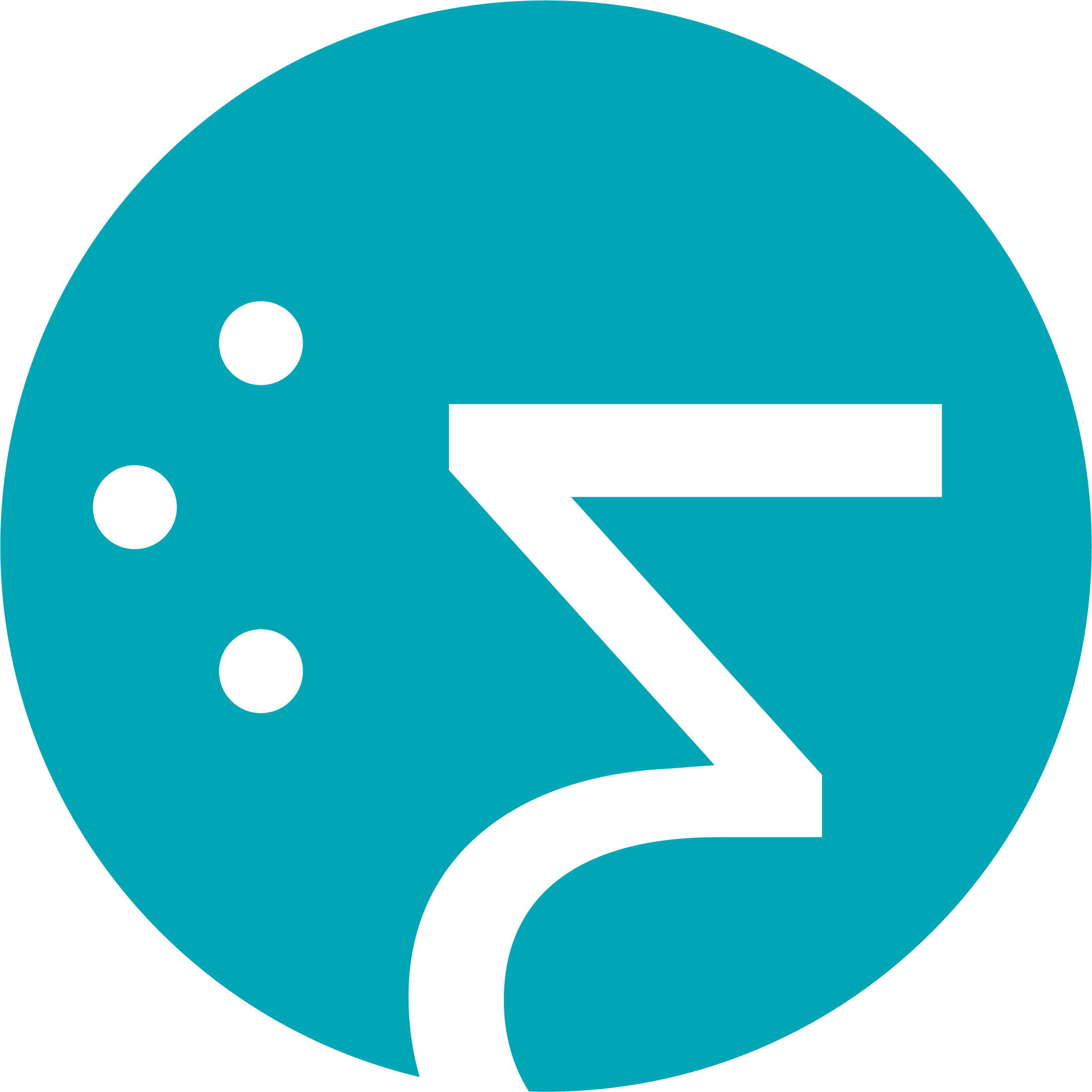Straddling the On-Premise and Cloud Worlds
In the ongoing tug-of-war between on-premise and on-demand vendors, much was made of Steve Lucas’ jump from the SaaS unit of SAP’s Business Objects to Salesforce.com to lead its new Force.com Platform-as-a-Service (PaaS) initiative a little over a year ago.
With far less fanfare, Lucas returned to SAP last month as its new SVP of Business User Sales for North America. Since Steve is a friend, and SAP and Salesforce.com are also clients, I won’t share any confidential information or insight. However, his move does raise a series of interesting questions about Salesforce.com’s Force.com initiative and SAP’s plans.
Given Salesforce.com’s rapid growth despite the macro-economic slowdown and the major push the company is giving Force.com, it is surprising to see Steve return to SAP which is still struggling to define its Software-as-a-Service (SaaS)/cloud computing strategies and solutions.
While SAP’s struggles have been well documented, Salesforce.com’s PaaS challenges are less well-known. Wall Street analysts have questioned whether Force.com can become a significant revenue generator for the company, and various software vendors and industry observers have debated the merits of building business applications on the platform.
I’ve interviewed a variety of vendors, as well as enterprise decision-makers, who have successfully leveraged Force.com to build business apps and satisfy their corporate objectives. So, I’m convinced that Salesforce.com is heading in the right direction with Force.com. However, there is no question that the PaaS is still embryonic and will go through a series of refinements before it fulfills its promise.
These challenges are minute compared to those facing SAP as it attempts to add SaaS solutions to its legacy applications. So, SAP had to give Steve a pretty good offer to bring him back.
People move between jobs and companies for a combination of personal and professional reasons. Therefore, having one executive jump ship doesn’t necessarily equate to a tidal shift in the marketplace. The SaaS/cloud computing movement continues to accelerate, while legacy software vendors continue to struggle to sustain their sales and profits.
Whatever the reasons were that drove Lucas to return to SAP, it is surprising that the company didn’t capitalize on this opportunity to boast about winning back a key executive in the same way Salesforce.com used Lucas’ defection from SAP to its PR advantage.
More importantly, Lucas’ moves back and forth between the on-premise and on-demand worlds may personify the mixed emotions of various IT/business decision-makers who are also wavering between their legacy on-premise apps and the promise of cloud alternatives.




